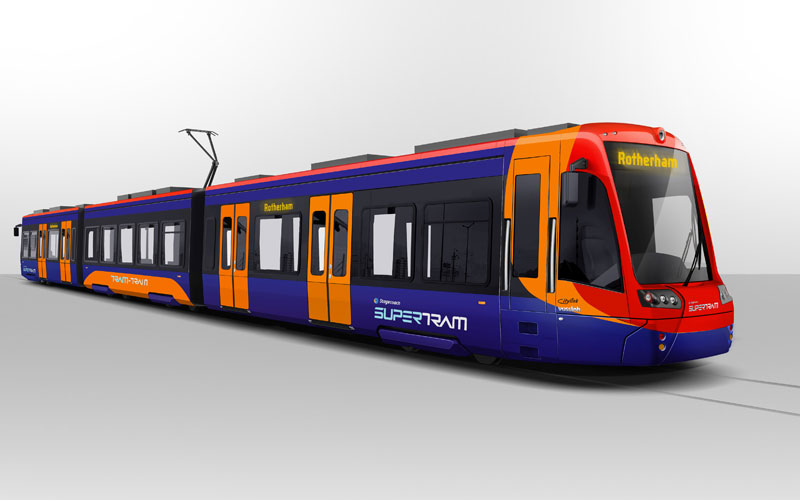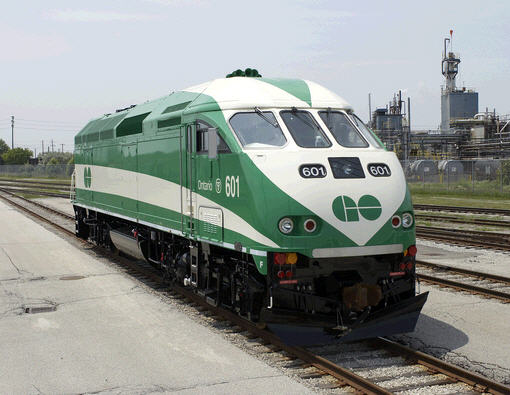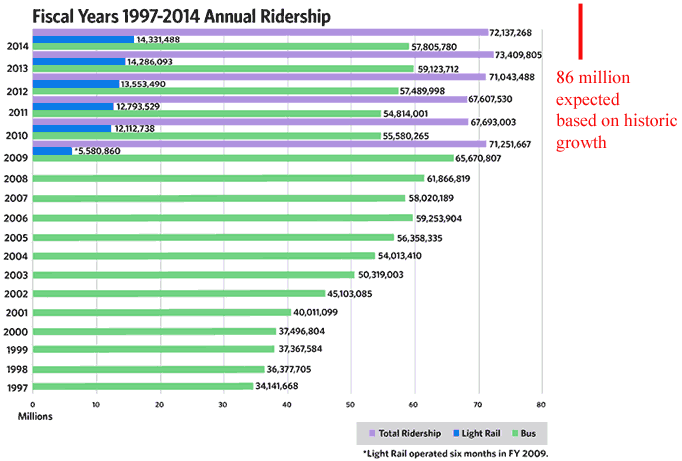Vladimir “Zeev” Vinokurov is writing about Australian cities in particular, but the same general analysis applies to many Canadian, American, and British urban areas as well:
… our economy and population are growing, and the resulting congestion is costing us thousands of dollars per year individually, and billions to the economy. It isolates us from family, friends and work. But cities can still grow without getting us stuck in traffic, missing increasingly overcrowded and delayed trains, or left unable to afford property. All this is happening because workplaces are too far from residents living in the suburbs, which effectively funnels residents into the inner city for work. It must change.
First, we must unwind planning laws that prevent offices, homes and apartments from being constructed alongside each other and throughout the city. These laws also raise housing prices by hundreds of thousands of dollars. Second, instead of banning cars, charge commuters for using congested roads and trains. Third, stop supporting taxpayer funded ‘road to nowhere’ infrastructure projects. These reforms will cut congestion, grow the economy, cut living costs and reconnect us to family, friends and local communities.
Planning laws cause congestion and social isolation by preventing people from building apartments and commercial offices throughout our city. As a result, rents and property prices become dearer because not enough housing is built to accommodate demand from population growth. Indeed, Reserve Bank economists estimate that planning laws increase average property prices by hundreds of thousands of dollars. This drives residents into the outer suburbs to look for cheaper housing, even as they commute into the inner city for work. If more people lived close-by to their workplaces, commutes would be shorter.
We need multiple CBDs, not just one. Unwinding planning laws that prevent commercial growth outside the CBD will cut housing costs and rents, cut congestion and promote tightly knit, thriving urban communities.
Congestion also occurs because we pay for using roads and public transport with thousands of dollars of time every year, rather than money. Congested public roads or trains cost us no more money to use in peak times, and busier routes cost no more to use than empty ones. As a result, the Grattan Institute think tank estimates that the average Melbournian’s commute to the city is twice as long in peak time. By contrast, Sydney’s trains are less congested, but are used more widely compared to Melbourne’s because its tickets are dearer in rush hour. Congestion charges that reflect market demand for infrastructure will also encourage businesses to open in commercial districts outside the CBD. Reconnecting local commuters with local workplaces will save us time and money overall.
Congestion charges are also a fairer and cheaper way of funding infrastructure projects compared to taxes like fuel tax or stamp duty. Scrapping these two taxes could save property purchasers tens of thousands of dollars or more, and reduce petrol bills by at least a third. If we pay for congested roads and trains with money rather than time and taxes, we may end up paying less.







